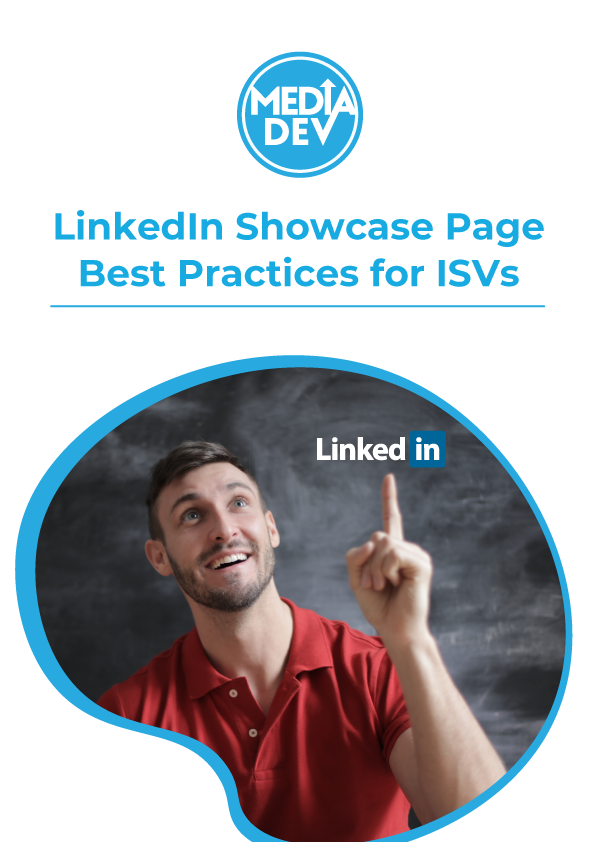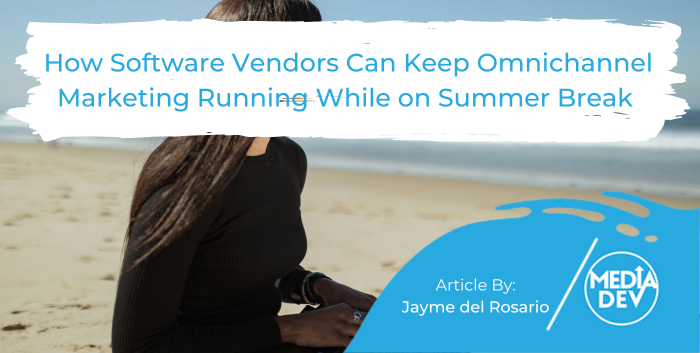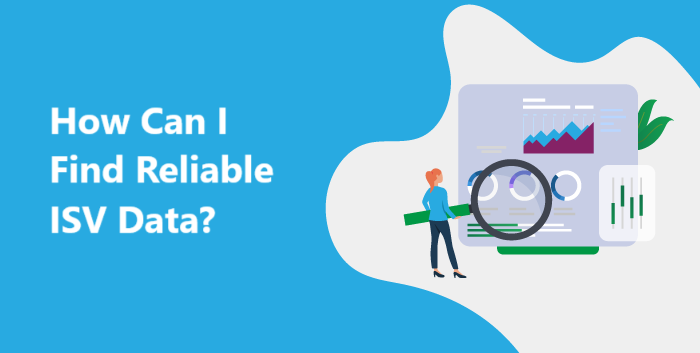Many people believe that telemarketing and cold calling are tactics of days past, but the more I think about it, the more I believe that that’s just a nice excuse to hide behind because let’s face it- calling makes people uncomfortable.
It’s true that telemarketing has gotten a bad rap over the years because of the sheer volume of low-level, offshore, call-center agents missioned to bombard prospects with uninteresting queries, usually to sell consumable products or services that no-one needs. We all have been on the receiving end of these types of calls, and have been turned off by the robot-like nature of the agents, reading a script, or talking incessantly without taking a breath. However, when you are looking to build a pipeline of valuable business opportunities in B2B software sales, contacting prospects using only LinkedIn or email significantly increases the length of your sales cycle, and decreases your chances of generating leads.
But why? The reason for this is not only normal, but it’s predictable. When LinkedIn first launched, people were eager to join and build their social networks. They would send and accept connection requests easily and would reply to Inmail messages even when they came across as sales-y. Because LinkedIn initially positioned itself as a platform for job seekers, it was not overly used for sales outreach. And then, all of a sudden, people started to grasp the concept of social selling and began using it to generate leads. Now, don’t get me wrong- when done right, social selling is a great way to nurture prospects over time to build a viable pipeline of sales opportunities. When you tailor your pitch to the exact person you are targeting instead of using generic, copy-pasted messages over and over again, you increase your chances of getting positive responses; you can also use it as a platform to promote your content and create more visibility for your brand online with your target audience. And it can also be a very lengthy process because people do not often respond immediately, and sometimes it takes multiple messages spaced out over weeks or even months before you get a reply back.
The disdain for telemarketing outreach has started to leech over into the realm of social selling as prospects are now being bombarded with uninteresting message after uninteresting message. Sponsored Inmail advertisements don’t help the situation either. It is essential now more than ever to think outside of the box if you want your message to be heard. So what can you do to ensure that your lead generation initiative is a success? Here are 5 tips to get your outreach back on track…
Tip #1 – Omnichannel is a Must
For the reasons mentioned above, it is critical now more than ever that your approach take on an omnichannel dimension. Being present where your prospects are present both on and offline is the only way to get yourself seen so as to stand out from the crowd. Creating visibility for your brand, your value proposition, and your key differentiators means having great content, regularly posting on social media (in groups, forums, and networking platforms…), engaging with your prospects and their content, getting good at social listening, and not being afraid to pick up the phone. The phone can be a fast and easy way to gather information from influencers so that your pitches to key decision-makers resonate and get a higher response rate. By creating dozens of touchpoints, you will drastically increase ROI over time.
Tip #2 – Stop Negatively Triggering your Prospects
Taking personal responsibility for how you show up, the language you use, and how you present your offer is absolutely critical. I just got another pitch today from a woman who would not stop telling me about herself, without for a second thinking about what I might need. By making it all about her, I lost interest and chose not to respond. Had she taken some time to try to get to know me, spoken to someone on my team, understood some of the projects we are working on, and shown empathy with the challenges we are likely facing, then her pitch would have had much more impact. Instead, she triggered a negative reaction (me ignoring her). If you are unsure how to analyze your pitches (whether they be oral or written), it’s important to get a neutral party to pretend to be on the receiving end. This will help you pinpoint your weak spots so you can shift your energy to trigger a positive response instead.
Tip #3 – Understand the Difference between a Teaser and a Pitch
Pitching prospects is nice, but creating a sense of urgency with a teaser can be an even better way to get traction both on the phone and through social selling. This can be especially powerful if you have a new product release, or are planning to make a big announcement. A teaser gives a prospect a small opening, and ends with a highly compelling call-to-action, urging the prospect not to miss out on the opportunity. By using teasers you should be able to peak your audiences’ attention so that they want to know more; this can help improve click-through rates, generate more registrations to events, and set the stage for exciting announcements to come. I can’t tell you how many long and boring pitches I get that lack luster of any kind; by creating short teasers, you can capture your audience’s attention quickly and move them down the sales funnel faster.
Tip #4 – Always On is Always Good
In order to be most effective with lead generation, it’s important not to take a siloed approach to your outreach. Always-on initiatives are ones that never stop; they are consistent, omnichannel, and have the most impact when B2B sales cycles are longer (over 6 months). Always-on approaches can be especially effective when targeting ABM lists, and when doing a combination of tactics simultaneously (promoting content, driving traffic to a webinar, running educational awareness campaigns, conducting a survey…). Instead of taking a quarterly approach to sales, having an always-on approach means implementing a holistic marketing strategy, which is overarching and can take on a number of tactics to get the most bang for your buck. Since B2B software sales usually involve multiple decision-makers within each account, your always-on approach will help you continually nurture many top-of-the-funnel leads to further engage prospects over time.
Tip #5 – Do your Homework
I think what is most tiring about getting pitched by sales reps is when you know instantly that the person did not take a few minutes to do their homework. Whether they use an automated tool or are just playing a numbers game (sending out the widest net possible hoping that one little fish will get caught in it), it doesn’t leave the prospect feeling good about the experience. I was recently pitched by a sales rep from an American company (with no presence in France where I am based), saying that an “Account Manager in your local area” would like to set up a meeting. Normally, I wouldn’t respond to this type of message and would just blow by it, noting it as the spam that it was, but I couldn’t help but feel compelled to tell this person what I thought: that they clearly did not do their homework because there is no local Account Manager in my area because their company does not exist in my country! I don’t know if that helped the rep to take a lot at their strategy, but there is an important takeaway here: don’t waste your time and your prospect’s time pitching people that are clearly not your key target audience. By spending a few extra minutes vetting your prospect list you should not only be able to tailor your pitches to each individual, but you should also be able to hone in on the right people and the right people only.
Conclusion
Nowadays, buyer personas are savvier than ever; we all have more information at our disposal than in any other time in history, and it shows in the way we react to being solicited. The simple fact that a world of information is available to us at our fingertips means that we have diminishing attention spans, and are losing patience for sales outreach that misses the mark. But whether sales outreach be conducted on the phone, over email, or through social selling, the bottom line is clear: if you don’t know how to be authentic and show up to provide real value to your prospect, you are not going anywhere.









